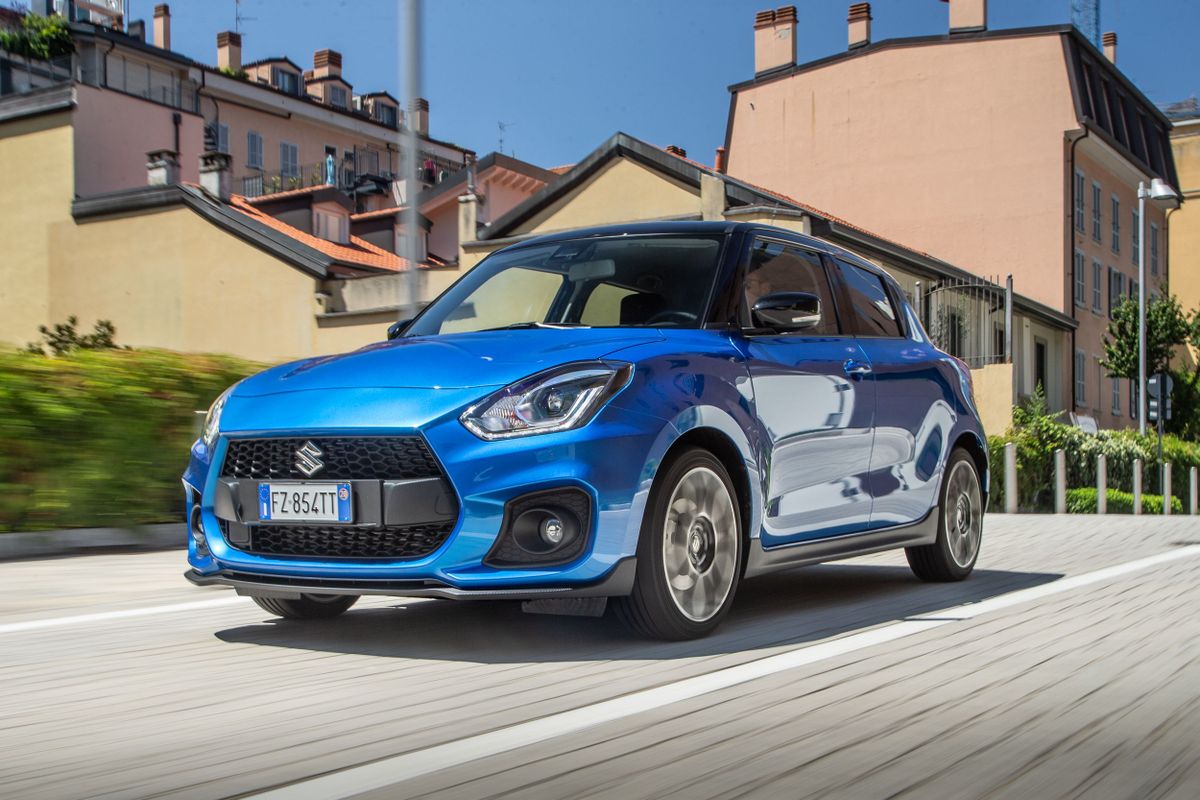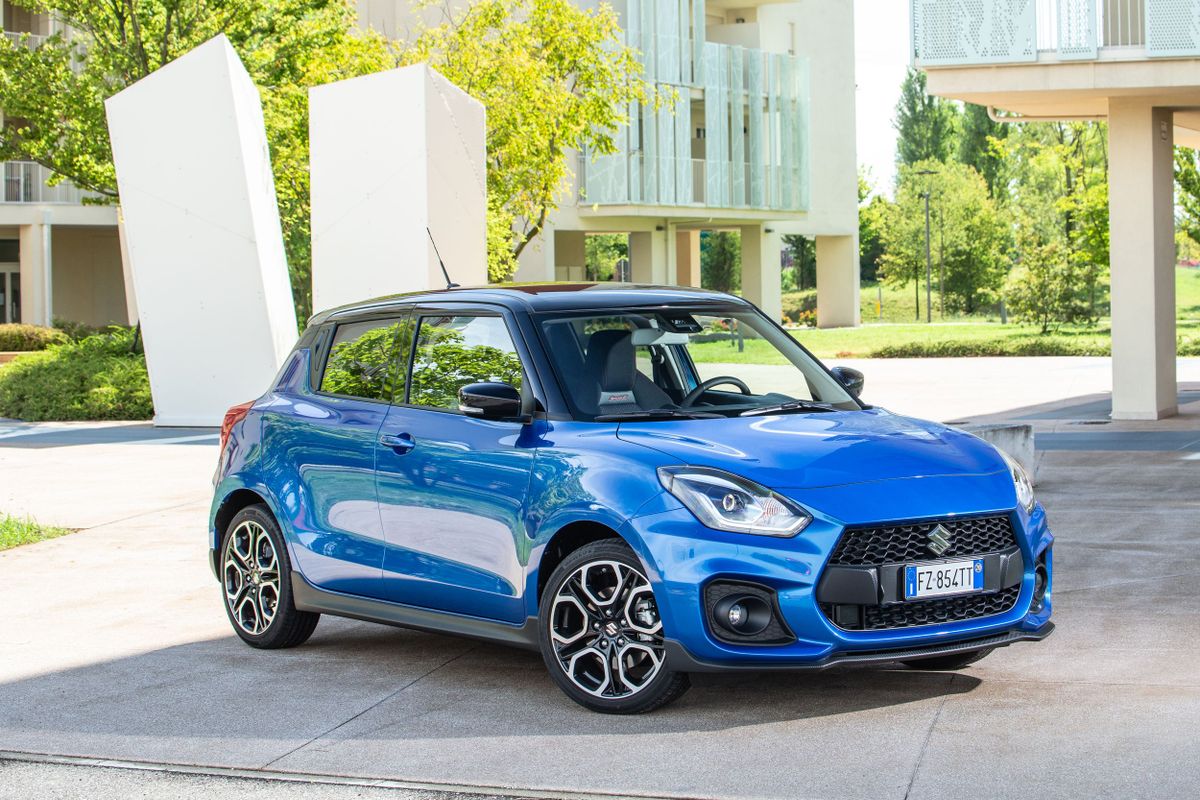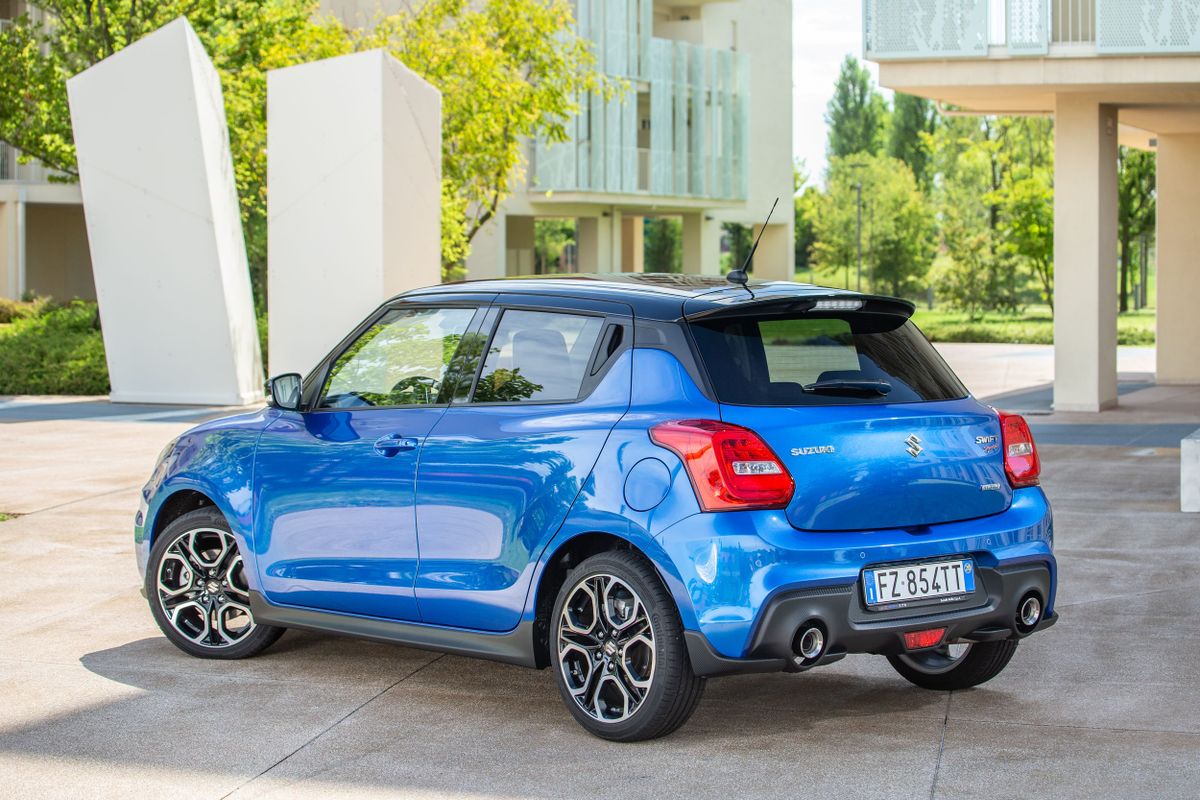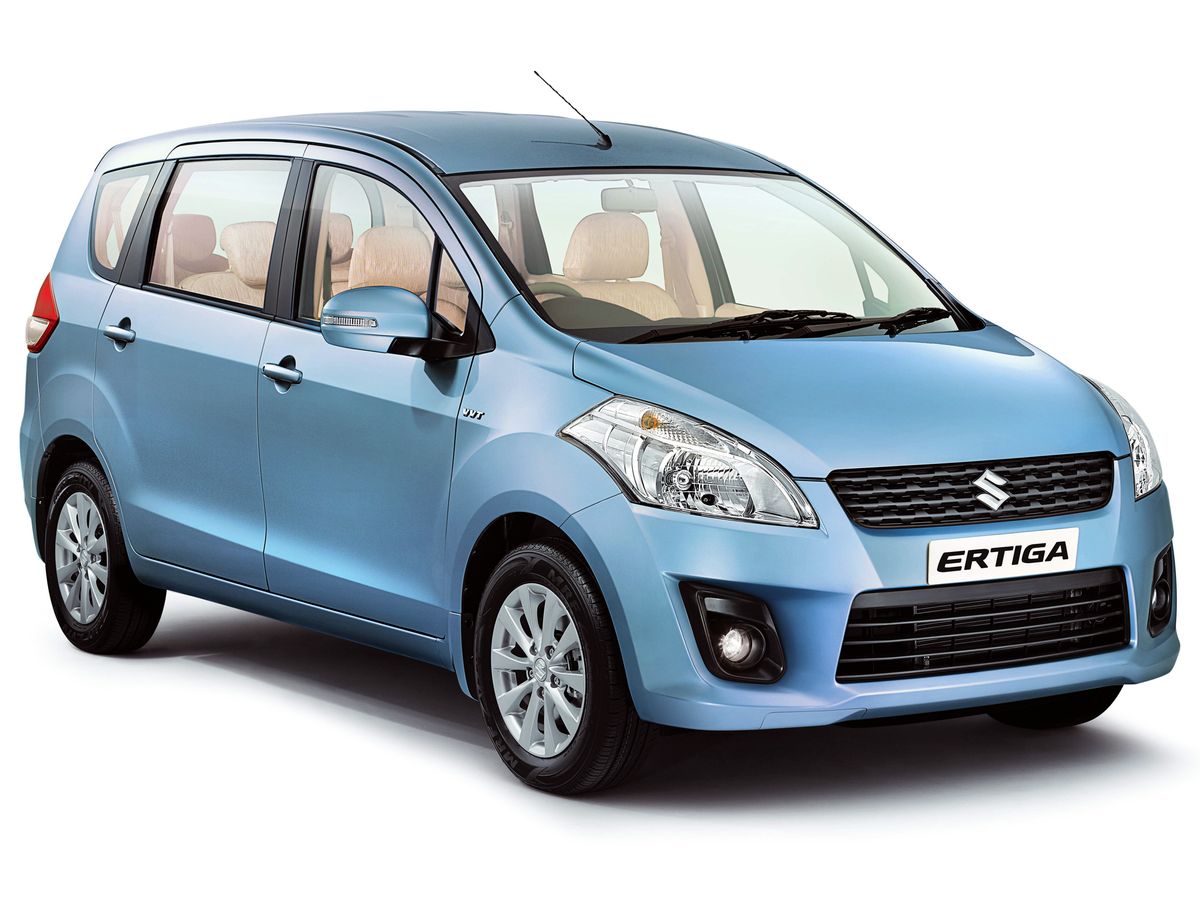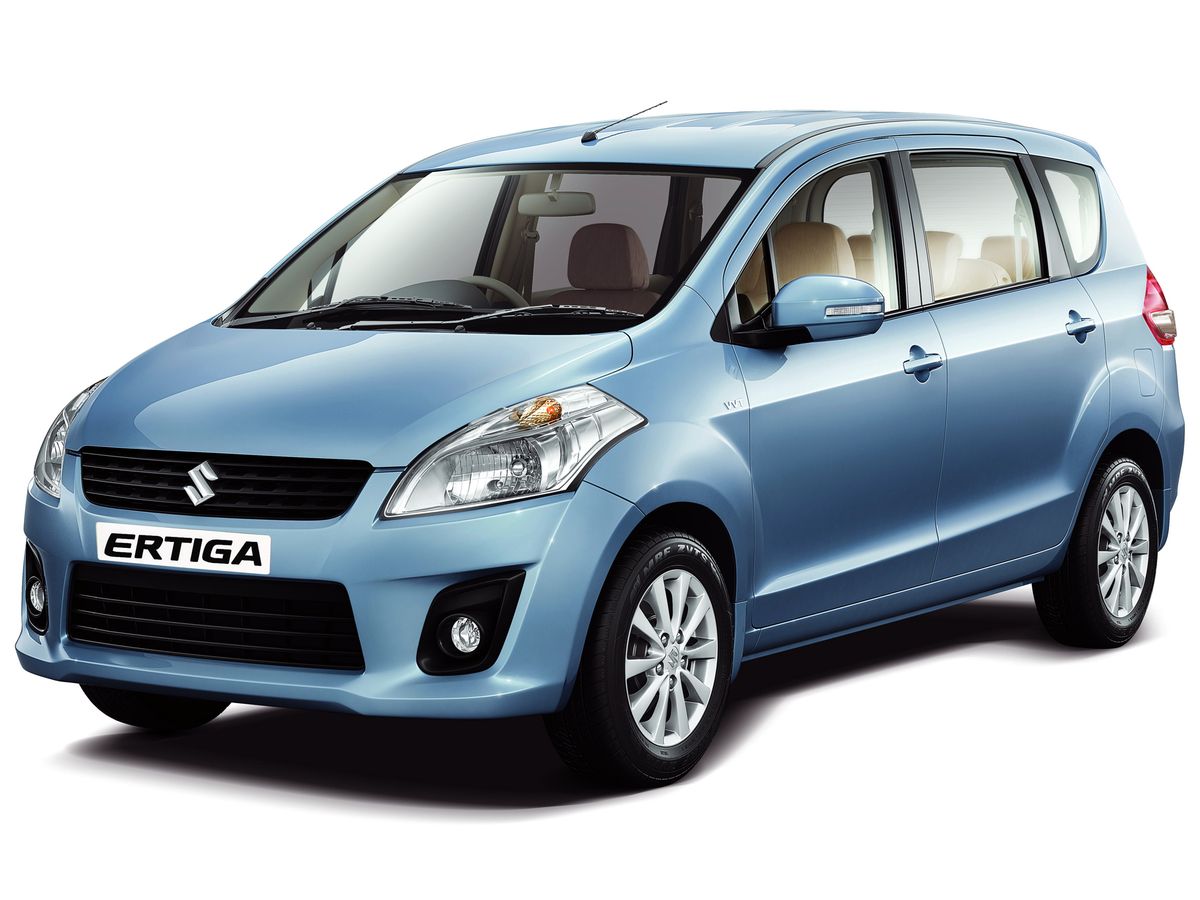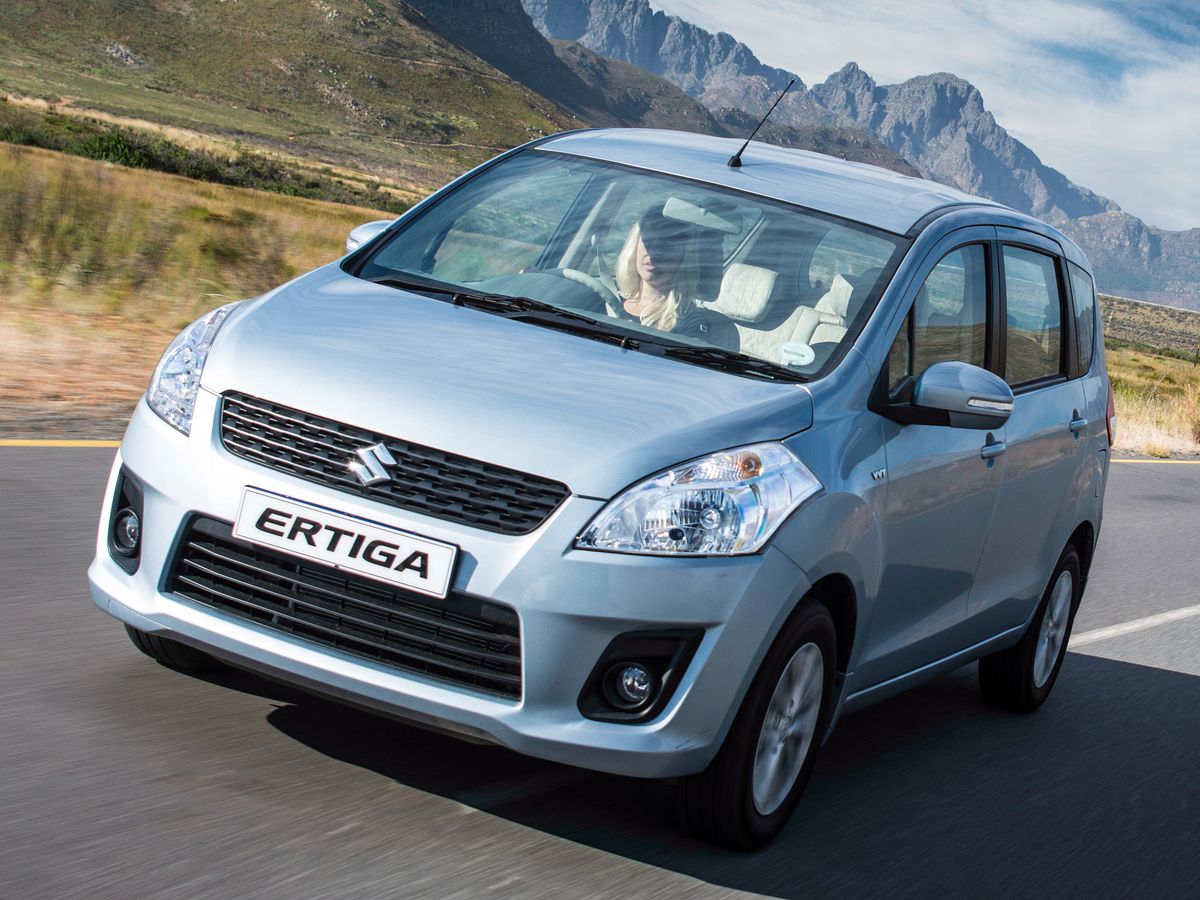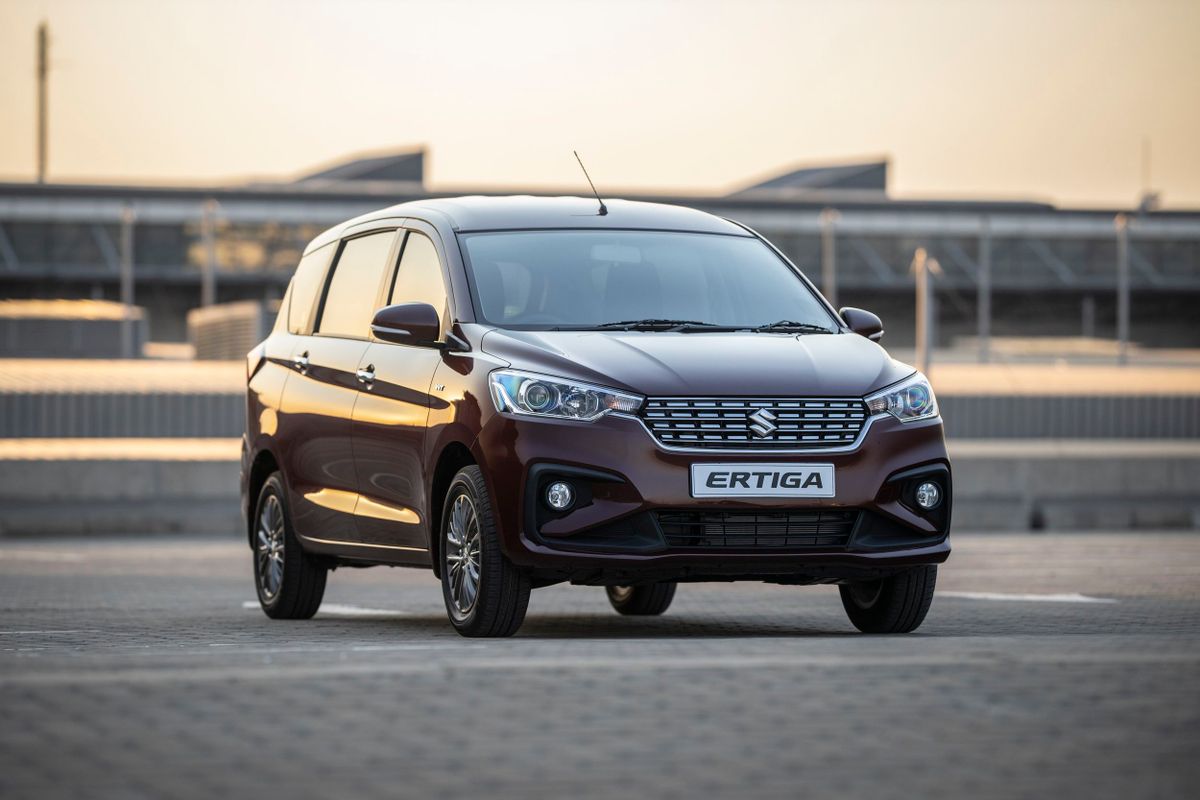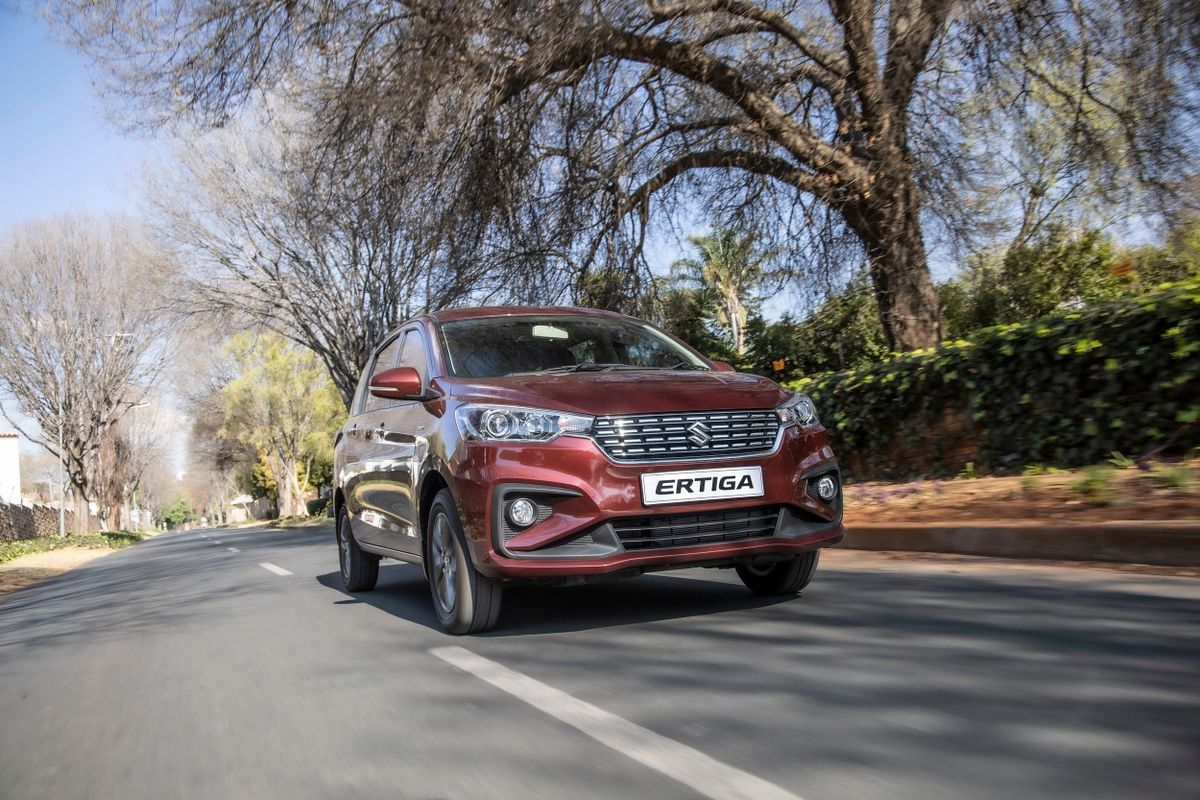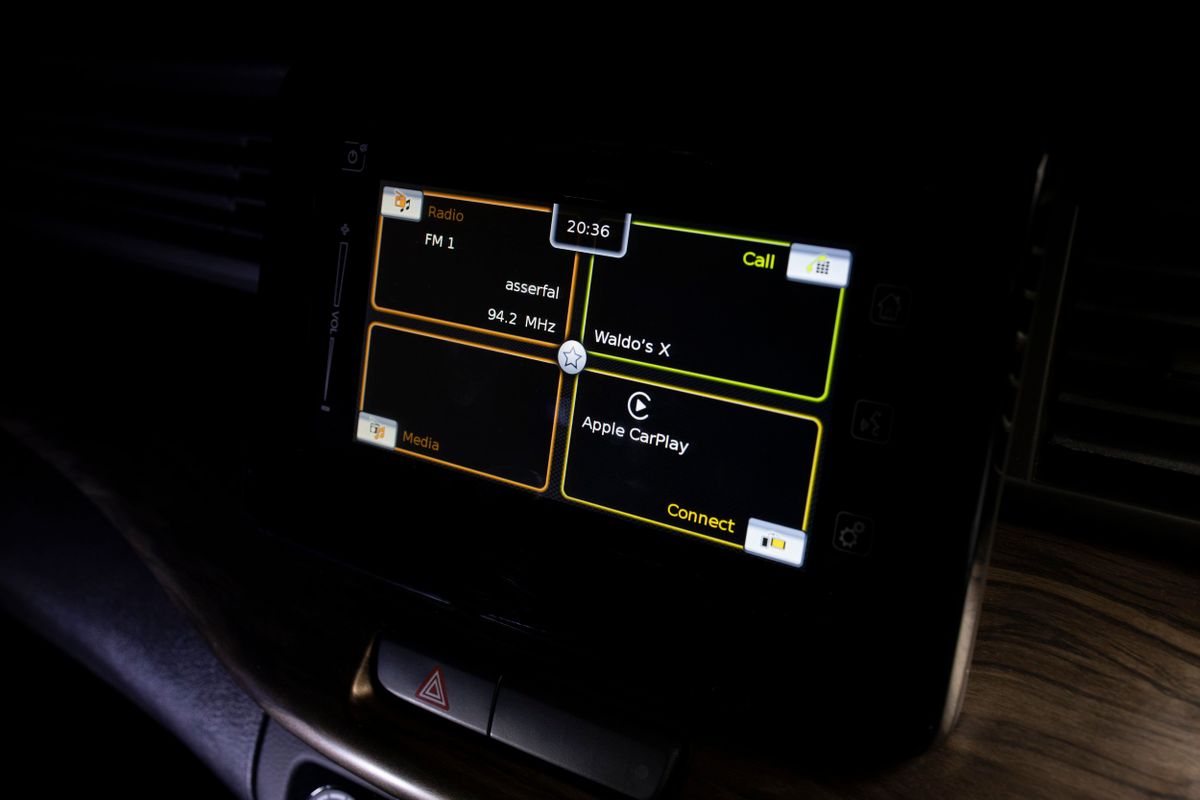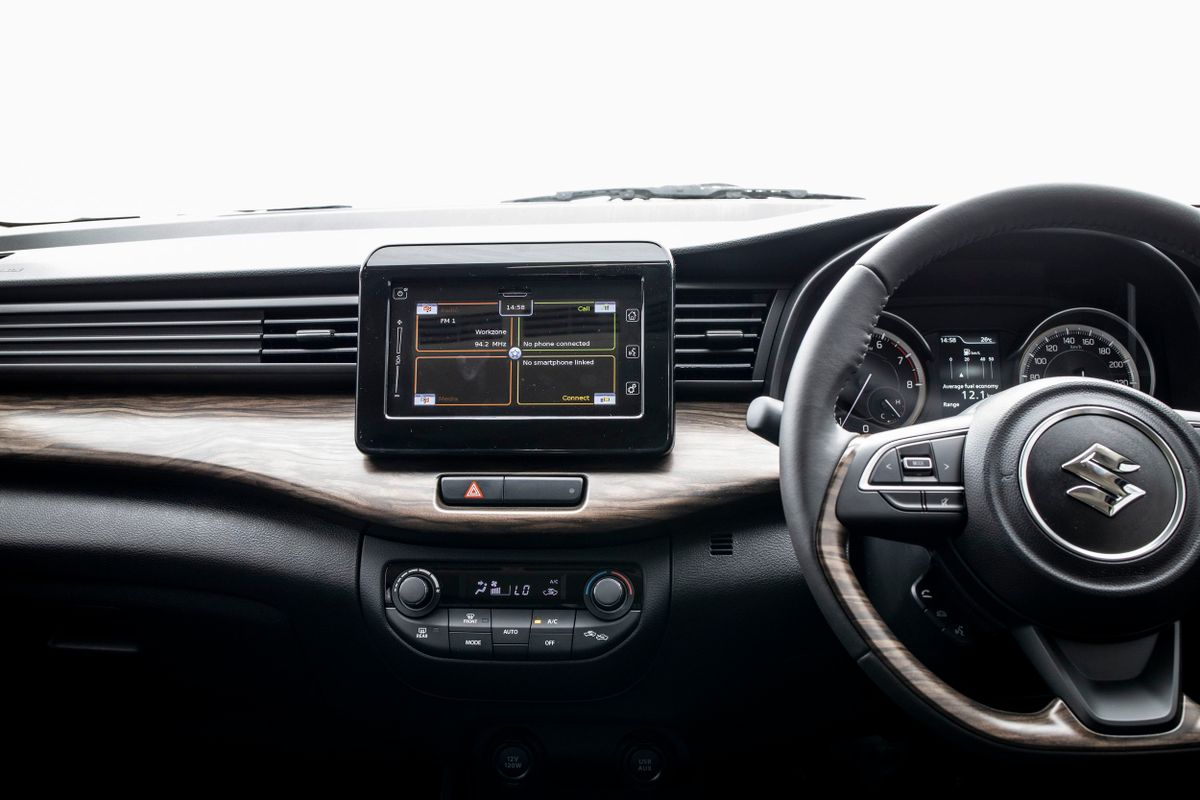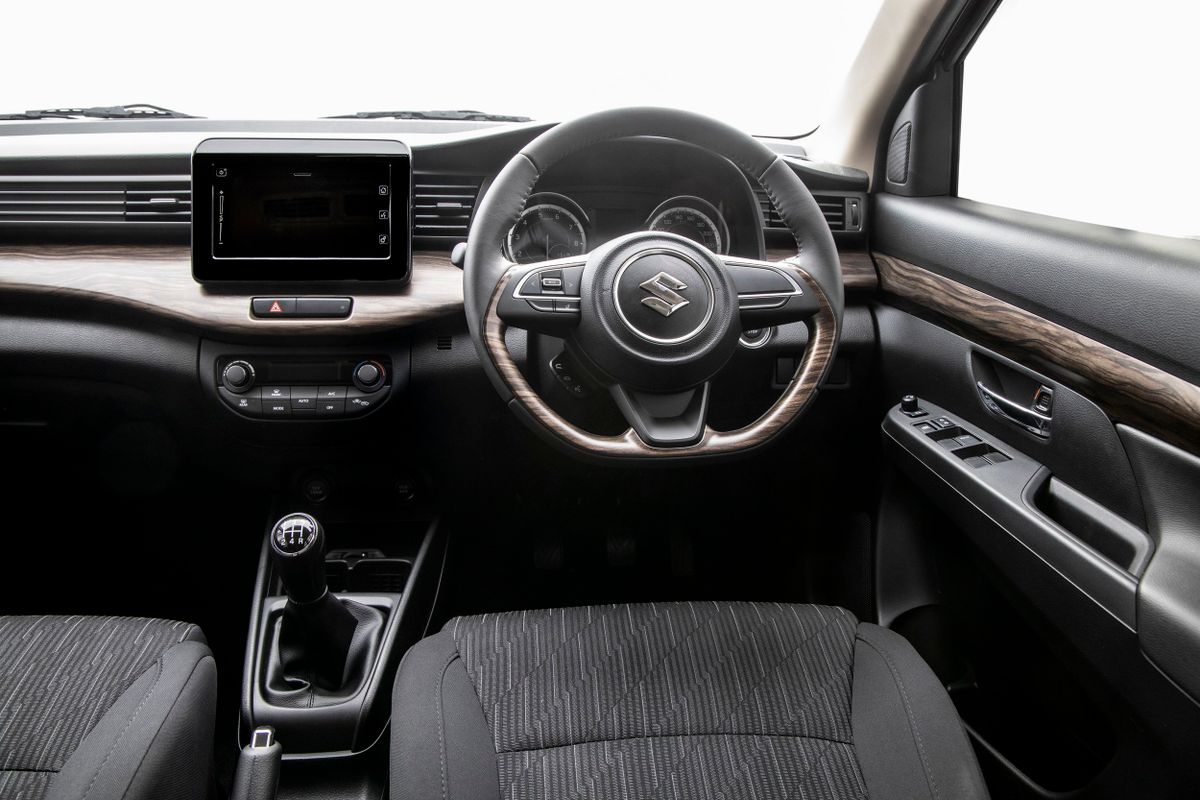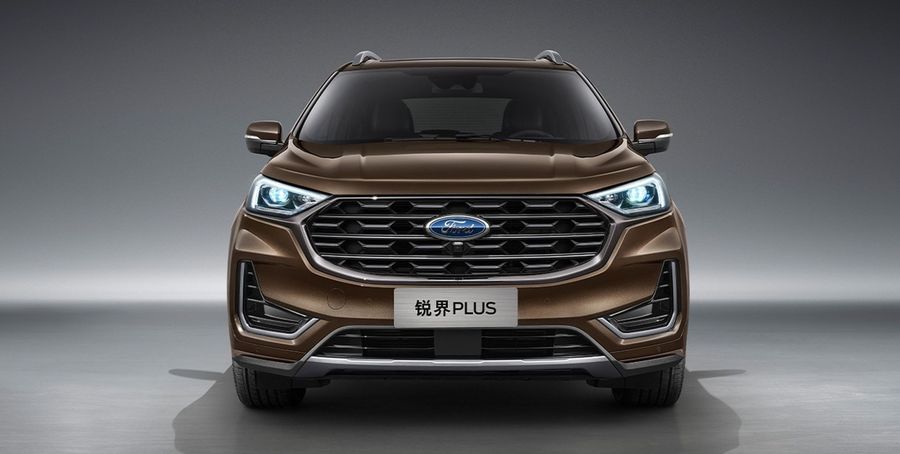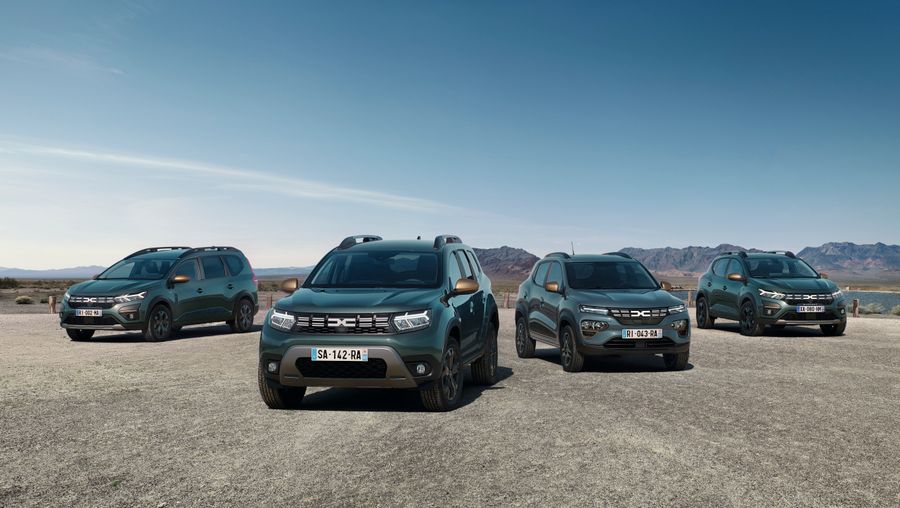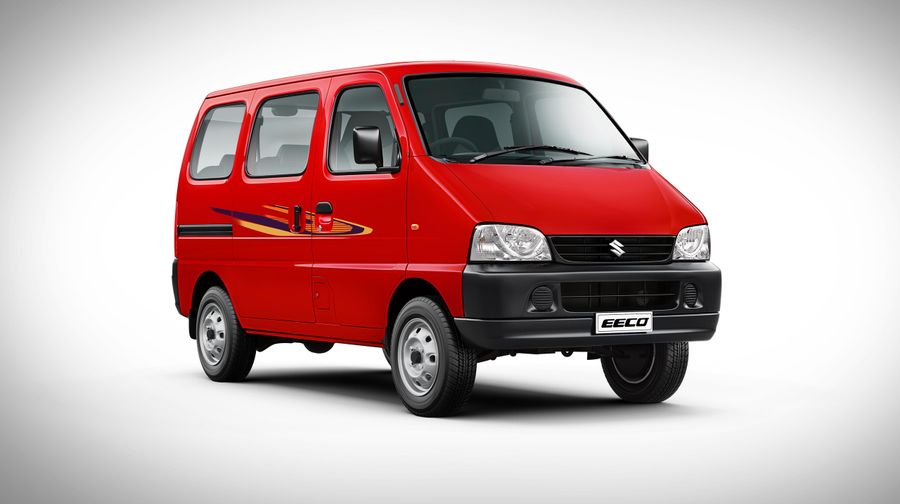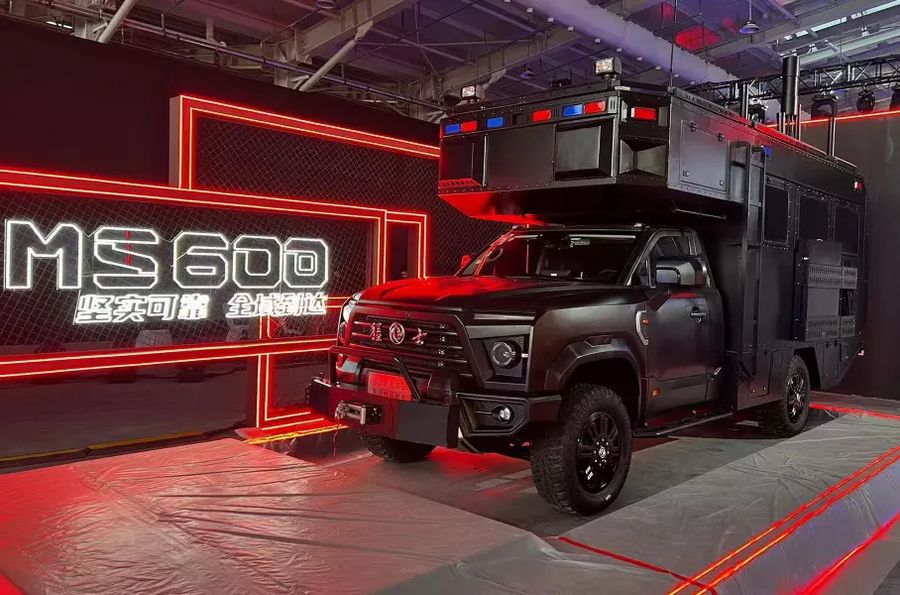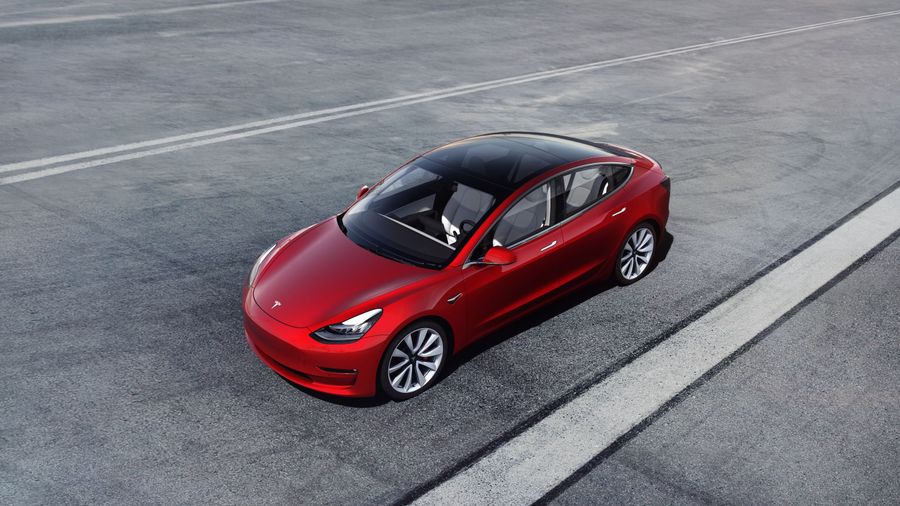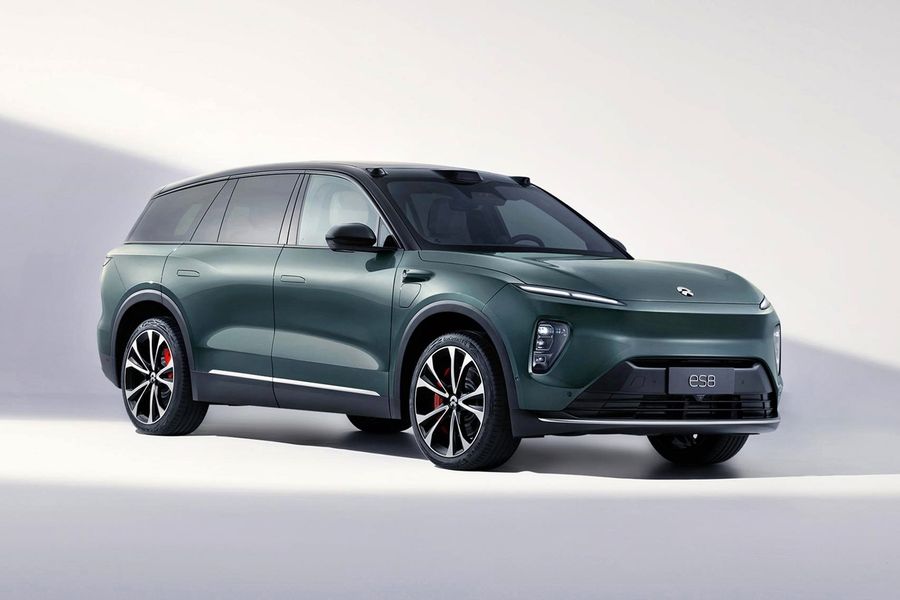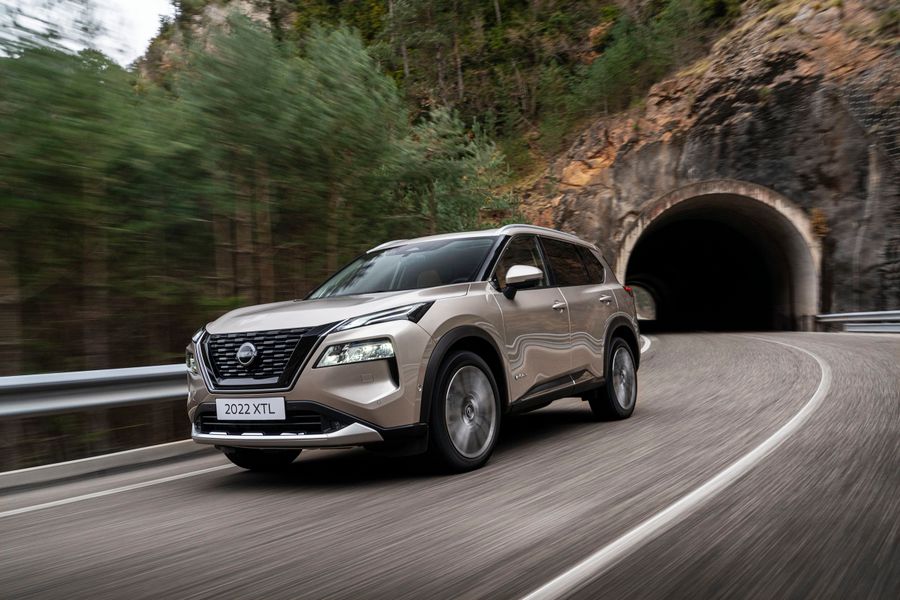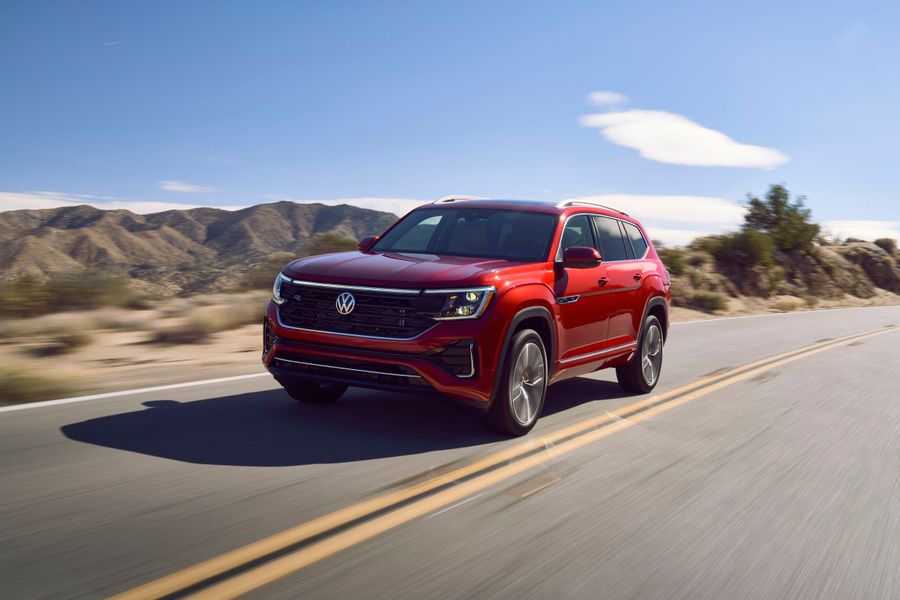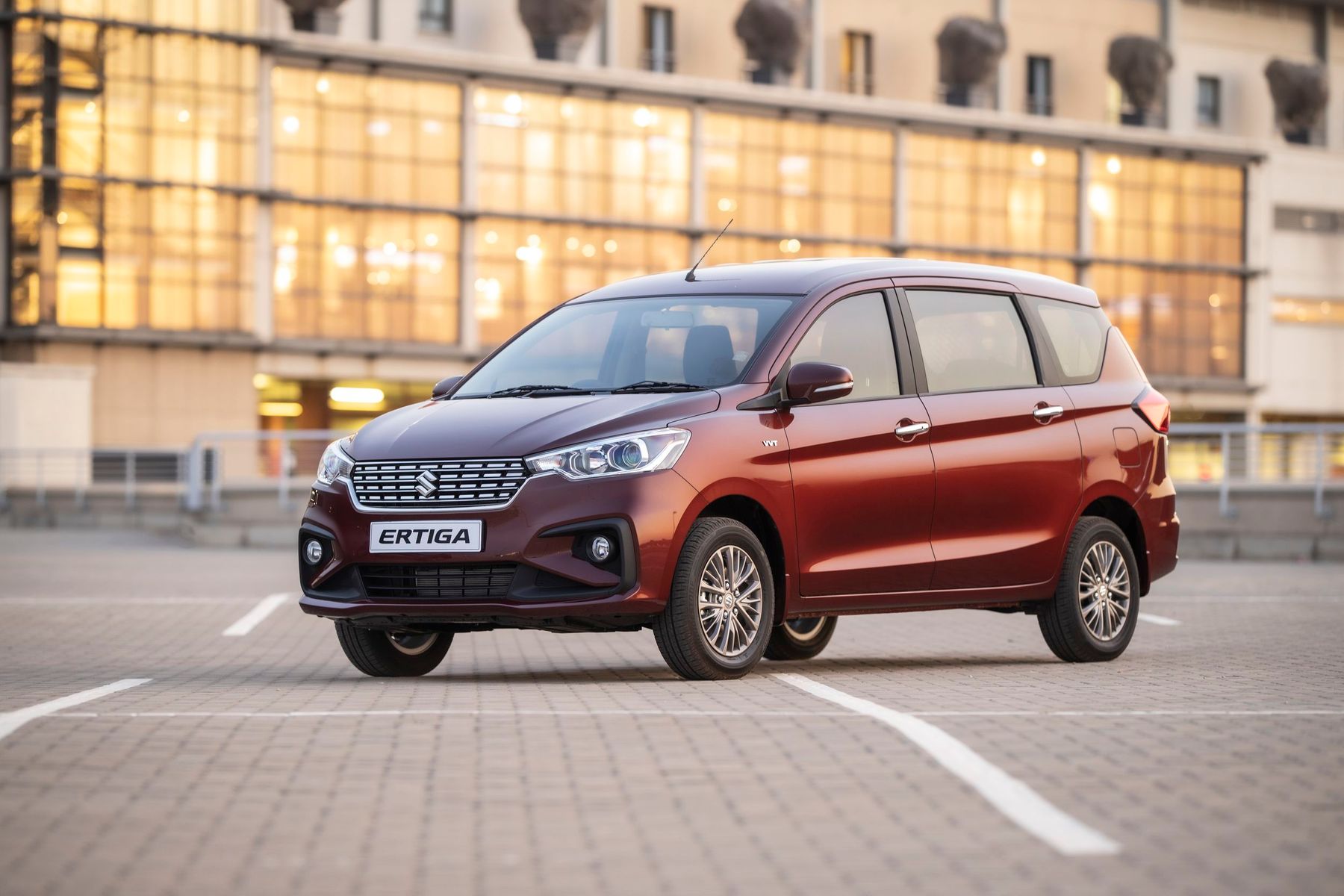
Suzuki Ertiga Minivan. Recipe for success
The Suzuki Ertiga is a three-row compact minivan produced since 2012 by Suzuki (Japan). The model is targeted at India and Indonesia, from where it is further exported to South and Southeast Asia, as well as to several markets in Africa and Latin America. The first generation vehicle is based on the Swift hatchback, and the second, which appeared in 2018, is built on the HEARTECT platform. The model also has a crossover version that was released in India in 2020 as a standalone XL6 model.
The name "Ertiga" is derived from "R-tiga". In Indonesian it is pronounced as "R3", where "tiga" means "three" and the letter "R" means "row". This is how simple and elegant the 3-row cab layout is encrypted in the name of the minivan.
The first generation Suzuki Ertiga was sold in Indonesia through the Mazda dealer network by agreement with Japanese firms under the name Mazda VX-1 (2013-2017). From 2016 to 2019, it was assembled by the local company Proton and sold as the Proton Ertiga in Malaysia. Interestingly, Toyota has borrowed this model for further sale in South Africa under the Toyota Rumion (since 2021). This is the third such case, which speaks in favor of Suzuki. It doesn’t matter what the minivan is called in different markets, it is important that it is popular. Let’s figure out what is the secret of the Suzuki Ertiga’s success.
The first generation
The Suzuki Ertiga was initially presented in the form of the R-III concept, which was demonstrated by the Indian company Maruti Suzuki, owned by Suzuki, at Auto Expo 2010. The production version appeared a couple of years later at the Auto Expo in New Delhi. The development of the minivan was led by engineer Toshikatsu Hibi. Production began in April 2012 in India and Indonesia. The vehicles began to be delivered to South Africa and the Philippines, and in India itself, and 11,000 units were ordered in the first five days.
The compact van, based on the small Swift hatchback, turned out to be really compact. It was 4.3 m long, 1.7 m wide and 1.7 m high. Nevertheless, the wheelbase was 2.7 m, and the vehicle could accommodate 7 passengers. The minivan could be equipped with a 1.4-liter gasoline engine (95 hp) or a 1.3-liter diesel engine (92 hp). The engines were coupled with a 5-speed manual transmission, while the gasoline engine could be paired with a 4-speed automatic transmission. The first Ertiga was sold very successfully, so it was restyled in 2015. The restyled model started featuring a new, wider radiator grille, redesigned bumpers and new interior trim. There is a version with hybrid technology from Suzuki called the Smart Hybrid Vehicle.
The second generation
The second generation of the people’s favorite was unveiled at the 26th International Motor Show in Jakarta (Indonesia) on April 19, 2018. The vehicle is built on the HEARTECT platform, which makes the compact minivan related to other Suzuki models: Baleno, Ignis and Swift. The vehicle is exported from Indonesia to the Philippines, Myanmar, Vietnam, Thailand, Mexico, the Middle East, East Timor, Brunei and Latin America. Indian vehicles are supplied to African markets such as South Africa and Kenya. Almost 7 thousand minivans were sold in Indonesia in the first three months after the start of production. There this model is loved more than in India, so the premiere took place in the capital of this country.
The new Suzuki Ertiga features two motors, which are paired with a 5-speed manual transmission and an optional automatic transmission. The first engine is a 1.5-liter gasoline unit (K15B model, which develops 104 hp and 138 Nm) and the second is a 1.3 liter diesel engine (available in India). A version with a gasoline engine and a manual gearbox consumes an average of 5.54 l/100 km, and a vehicle with an automatic gearbox consumes 5.98 l/100 km. The wheelbase of the Ertiga has not changed with the change of generations (2,740 mm), but the compact van has become larger: 99 mm longer (4,395 mm), 40 mm wider (1,753 mm) and 5 mm higher (1,690 mm). As a result, the interior has become more spacious, but the trunk is now slightly smaller (only 18 liters): 153 liters of luggage can be placed behind the third row.
The steering wheel and dashboard of the 2020/2021 Suzuki Ertiga have been borrowed from the Swift hatchback. The interior is adorned with a 6.8-inch multimedia touchscreen. In Indonesia, the new Ertiga is equipped with air conditioning, rear parking sensors, push-button start, tilt steering and driver’s seat height adjustment, ABS, two airbags and ISOFIX mounts, power outside mirrors and even cooled cup holders. In India, the list of options includes a climate control system, a rear-view camera, light and rain sensors. The top-end versions have a multimedia system that supports Apple CarPlay and Android Auto functions.


